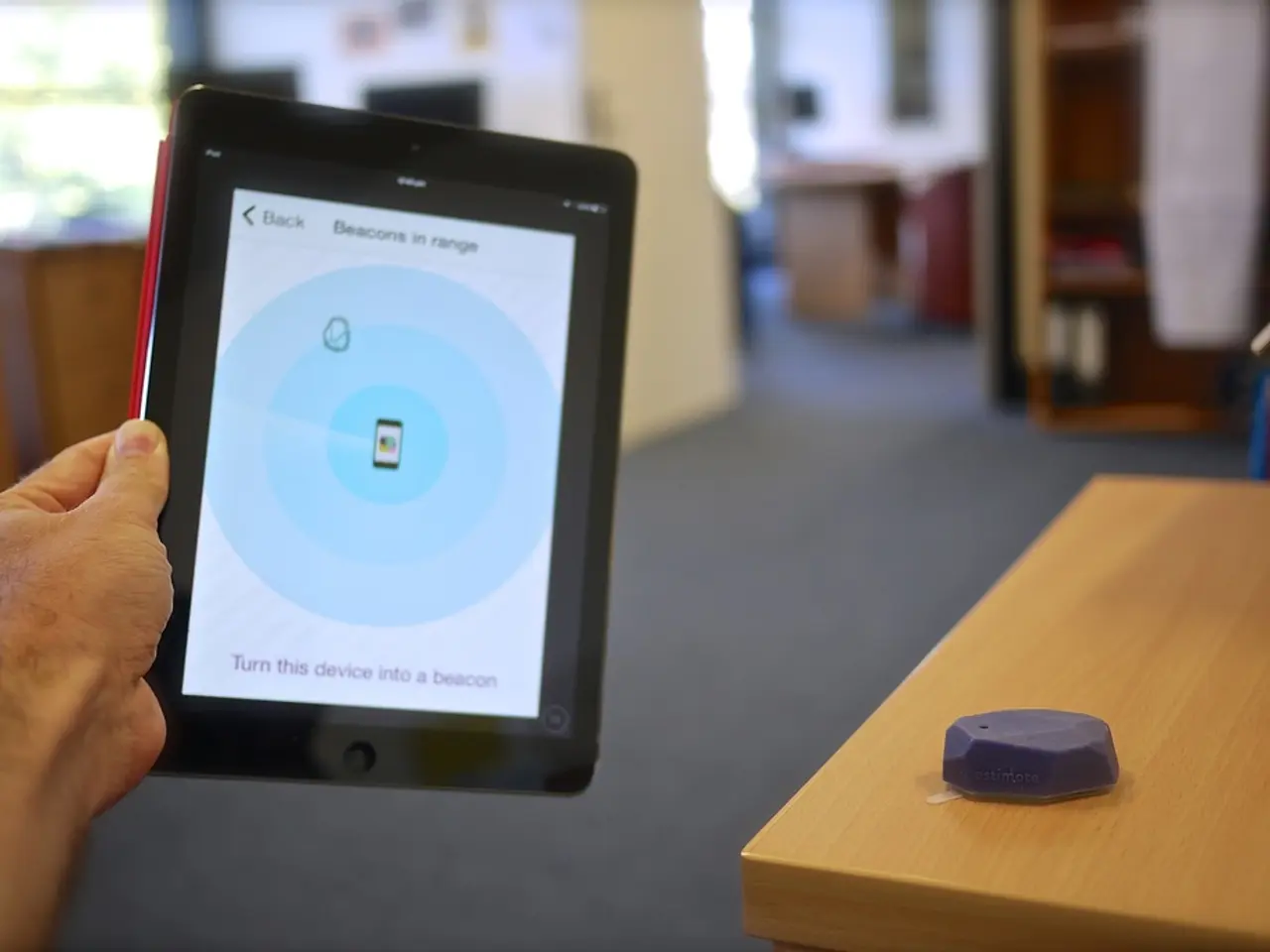Creating Intuitive Gesture Responses for Virtual and Enhanced Reality Environments
In the realm of virtual and augmented reality (VR/AR), creating user-friendly and socially considerate gesture-based interactions is paramount. To achieve this, focus on designing natural, consistent, and context-aware gestures that align with users’ real-world movements and social settings.
Physicality and Affordances
To make interactions intuitive, employ natural, real-world inspired movements such as pinching, swiping, tapping, or pointing. Avoid gestures that require complex or unnatural body motions, which can lead to fatigue or errors. Ensure that gestures have clear physical affordances, allowing users to immediately understand what gestures are possible and how to perform them without confusion. Provide immediate, multimodal feedback (visual, haptic) to confirm successful gestures, reinforcing physical interaction and building user confidence.
Consistency and Simplicity
Maintain gesture consistency across the application to reduce learning time and frustration. Design simple, minimalistic interfaces that do not clutter the user's field of view, allowing them to stay aware of their physical environment for safety and comfort. Group related gestures logically and place controls close to the user’s natural range of motion to avoid awkward stretching.
Social Context
Consider the social acceptability and subtlety of gestures, especially in public or crowded environments. Use small, subtle hand or head gestures (like nodding/shaking head or slight wrist movements) to reduce social awkwardness. Prefer gestures that avoid large or conspicuous motions in social settings to prevent discomfort or unwanted attention. Gesture systems should be designed to minimize disruption and be unobtrusive, especially for proactive AR agents interacting in everyday environments.
Context Awareness and Adaptivity
Adapt gestures based on user skill level and environmental context—simpler gestures for novices, more advanced options for experts. Use environmental factors like lighting and physical space constraints to adjust gestures and their recognition sensitivity. Implement contextually timed and appropriate gestures that reduce cognitive load and do not interrupt users' primary tasks.
Testing and Iteration
Conduct extensive usability testing spanning diverse user demographics and environments to identify pain points and preferences. Employ iterative design, adjusting gestures based on real user behaviors and performance data to refine effectiveness and comfort.
By following these design considerations, we can create gesture interfaces that users find intuitive, comfortable, and socially appropriate for VR and AR contexts.
| Aspect | Design Recommendations | |----------------------|--------------------------------------------------------------------| | Physicality | Use natural, easy-to-perform gestures (pinch, swipe, tap) with physical feedback for clarity | | Affordances | Clear, discoverable gestures with consistent mappings | | Social Context | Subtle gestures (head nod, slight hand motions) preferred in public and hand-busy situations | | Simplicity & Clarity | Minimal UI clutter, consistent gesture sets, close-to-body controls | | Adaptivity | Gesture complexity adapts to user skill and environment | | Feedback | Immediate visual/haptic confirmation of interactions | | Testing | Iterative user testing with broad demographics and real scenarios |
References:
[1] Tauziet, C. (2019). Designing for Hands in VR. ACM Transactions on Virtual Reality, 20(4), 1-16. [2] [Hero Image] Copyright by youflavio, CC BY-SA 2.0. [3] [Article on designing for hands in VR] (https://doi.org/10.1145/3329934.3353799)
Artificial-intelligence can be utilized to analyze user behavior in VR/AR environments and adapt gesture systems for improved user-friendliness and context awareness.
Integrating artificial-intelligence into the design process can facilitate an intuitive and seamless interaction between the user and the virtual/augmented reality system, enhancing overall user experience.




